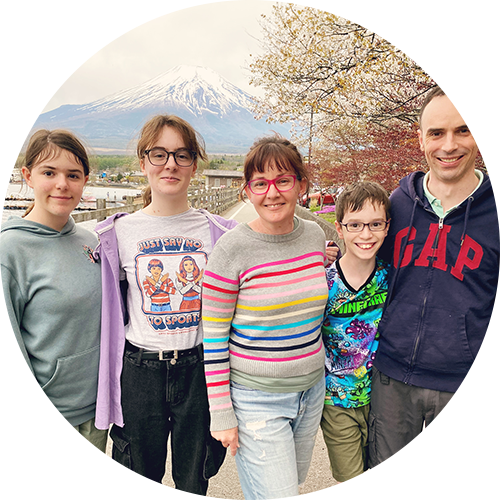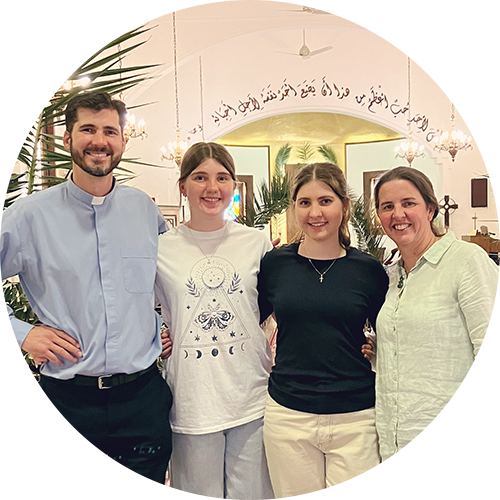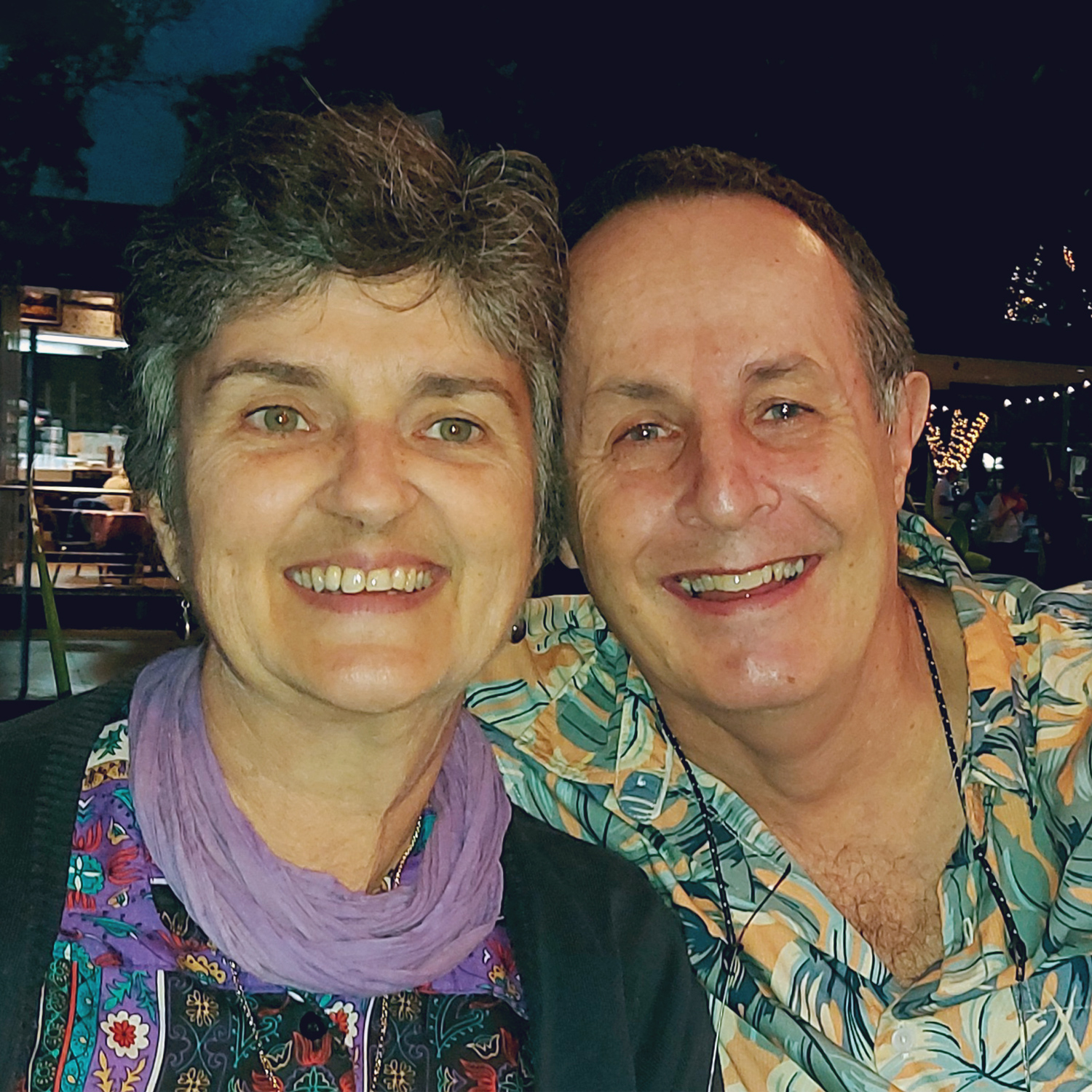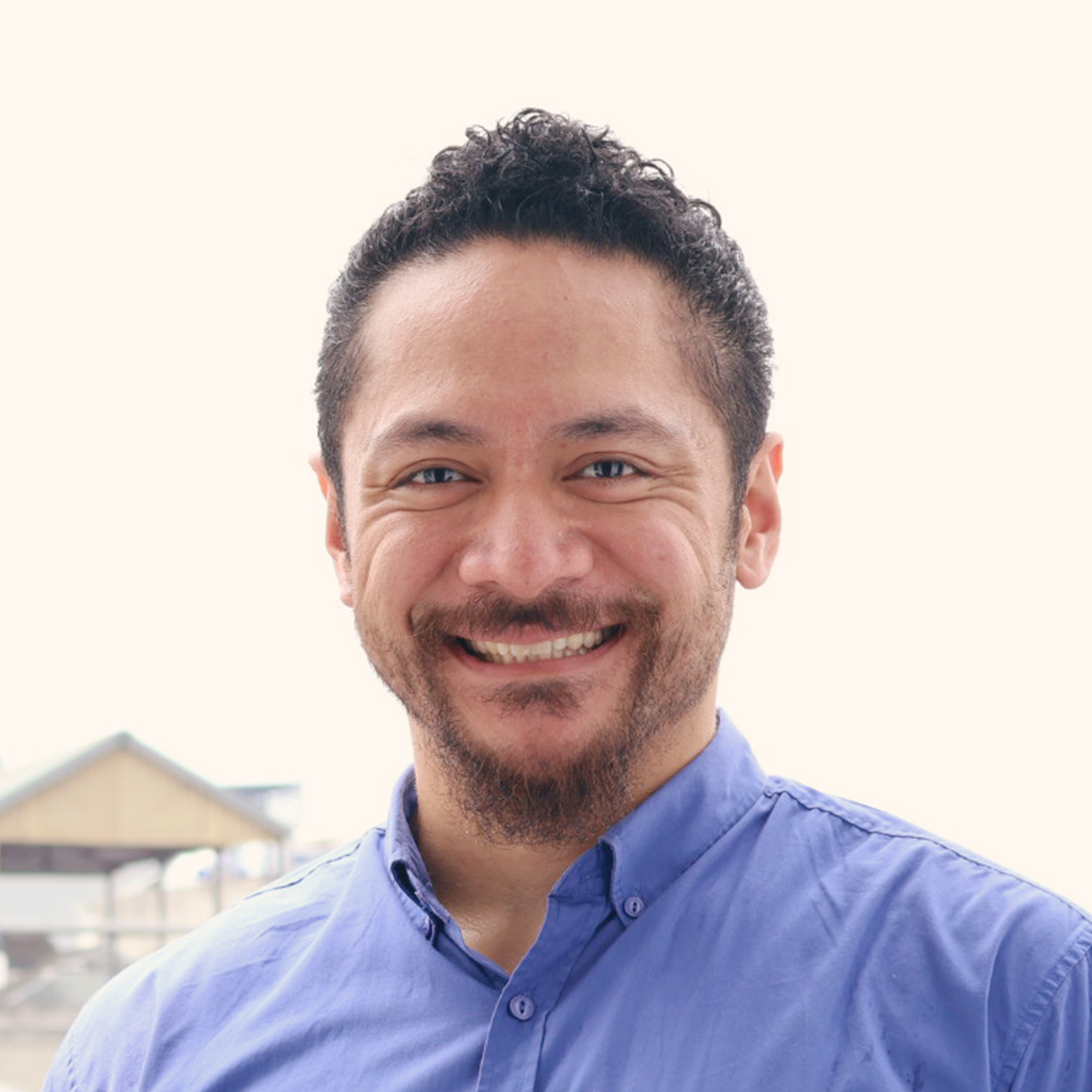Reflections on the Homogeneous Unit Principle: Part 4 of 4.
This is the fourth and final article in a series of reflections that have explored the Homogeneous Unit Principle (HUP)—the idea that people “prefer to become Christians without crossing racial, linguistic or class barriers.” [1]
In Part One we explored Donald McGavran’s historical context and the way in which he developed the HUP. In Part Two we then looked at each component of the HUP in turn; we noted that the Bible preserves language difference in Christian ministry while breaking down class and race barriers. In Part Three I suggested that the HUP is neither homogeneous nor a principle; that it is better to consider issues such as language, class and race as separate themes, not as one ‘unit.’ In this final article we will consider some implications for mission and ministry.
1. Laying the HUP to rest
My first implication is to suggest that we should lay the HUP to rest. HUP thinking has been deeply influential in both mission and ministry. It has been the validating basis for a wide range of ministries. As we have seen, the HUP is flawed because the Bible does not treat language, class and race equally. Yet the HUP has been used to validate all sorts of strategies, including ministry approaches that the HUP was never intended to speak into—for example age stratification in local church ministry. There are lots of good reasons why we might want to take 5 year olds out of our gatherings and teach them in a separate group, but the HUP is not one of them. I am concerned that we have used the HUP to validate approaches to mission, letting us off the hook of doing the hard missiological and theological reflection required to translate the gospel into a new culture.
2. Embracing principle not pragmatism
The HUP has been deeply influential because it works; people do prefer to become Christians without crossing racial, linguistic or class barriers. However, just because something works doesn’t make it right. People also might prefer to become Christians if their church offered them a thousand dollar incentive payment. The mission world has a long track record of embracing strategies because they work, without thinking through the theological and missiological issues that might be at stake. One of the main drivers behind McGavran’s thinking was a passionate desire to see rapid church growth. To be clear, I believe that this is a good desire. The problem is that it is God’s job to grow His church; it is my job to be faithful to the ministry He has entrusted to me. To design strategies purely on the basis of ensuring rapid growth risks blurring this distinction. For example, insider movement approaches to mission are an area of praxis that are deeply influenced by the HUP. Some articulations of insider movement theology risk prioritising speed at the expense of blurring central theological categories, for example equating Judaism with all other religions.[2]
3. Enabling people to be discipled in their heart Language
We’ve seen that the Bible preserves language difference in Christian ministry, enabling people to be discipled in their heart language. CMS has a deep commitment to language learning for our missionaries that is rooted in this principle. The vast majority of CMS workers invest a huge amount of time and energy into language acquisition. Be encouraged about the theological and missiological significance of your labours! Some missionaries, of whom I would be one, work in contexts where English is the language of education but not necessarily the language in which ministry is conducted. While we might seem to have the ‘benefit’ of not having to learn language, we face a different risk: training people with a theological foundation in a language that they will never use in day to day ministry. We must help those we train to make the language transfer themselves as part of the theological education process.
For some churches in Australia, the challenge is to find ways either to disciple people in their heart languages; or to work hard at enabling them to translate what they are hearing in English into their own language and culture. Very few Church leaders in Australia think that it might be part of their role to learn another language in order to reach people with the gospel. I’m not sure why this is the case.
In other churches in Australia, people are being discipled in their heart language in a congregation that is relatively mono-ethnic—a Mandarin ministry, for example—which is a wonderful thing! But such ministries face the challenge of embracing the language principle while at the same time making it clear that this is a language specific ministry, not a race specific ministry. This might seem like a fine distinction, but becomes important when we reach generation 1.5 and 2.0.
4. Creating gatherings that reflect gospel-created diversity
Donald McGavran never intended that homogeneous unit churches would be the end-point of his church growth strategy. He understood the gospel. The gospel has the power to break down dividing walls of hostility—first and foremost the dividing wall of hostility between Jew and Gentile—and by extension other walls that divide us. McGavran believed that once people come to know the Lord Jesus Christ and are discipled faithfully, churches would become integrated. Sadly, this has not always happened. In our multi-cultural and highly diverse cities in the 21st century, multi-ethnic and intercultural churches are a powerful witness to the gospel. One of the sad lessons that comes out of the HUP is that these kinds of churches don’t just happen. They require a great deal of prayerful thought and intention. Resources like Building a Healthy Multi-ethnic Church by Mark DeYmaz can help. But the starting point is such a journey is to let go of the HUP, because as I’ve tried to show in this series it is neither homogeneous nor a principle.
References Cited:
Dyrness, William A. 2016. Insider Jesus: Theological Reflections on New Christian Movements. Downers Grove IL: InterVarsity Press.
McGavran, Donald A. 1990. Understanding Church Growth. 3rd ed. Grand Rapids, MI: Eerdmans.
[1] (McGavran 1990:223)
[2] (See for example Dyrness 2016:67)












































































































